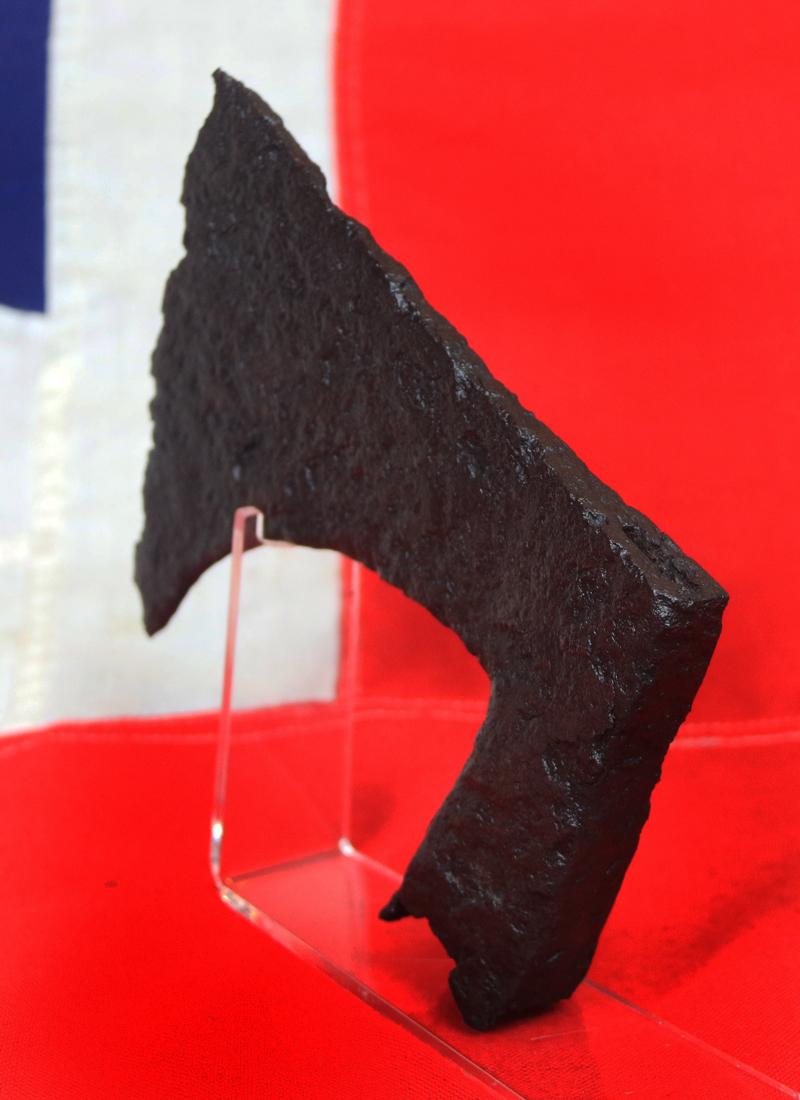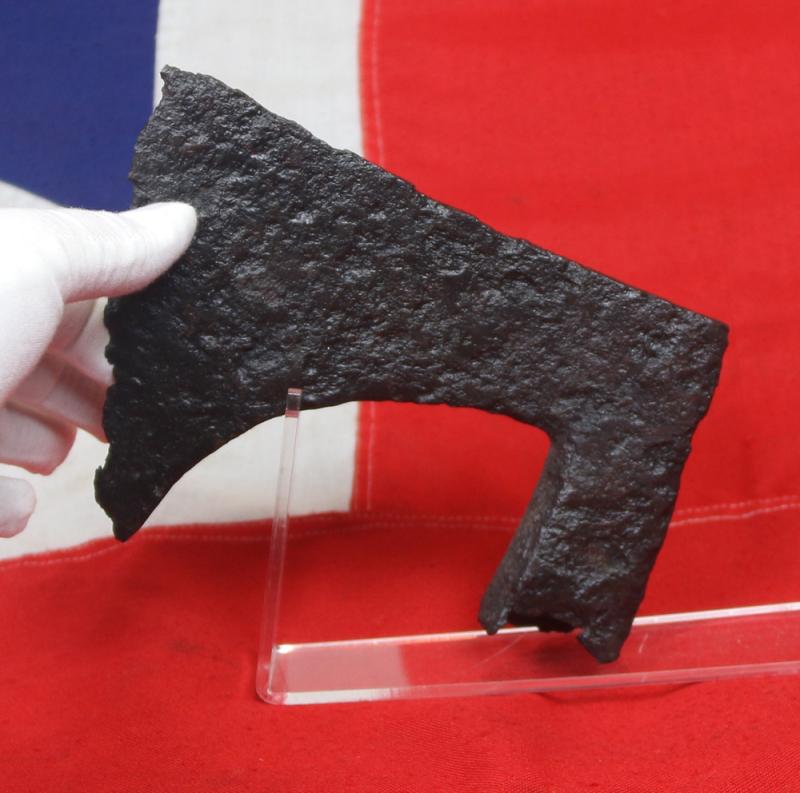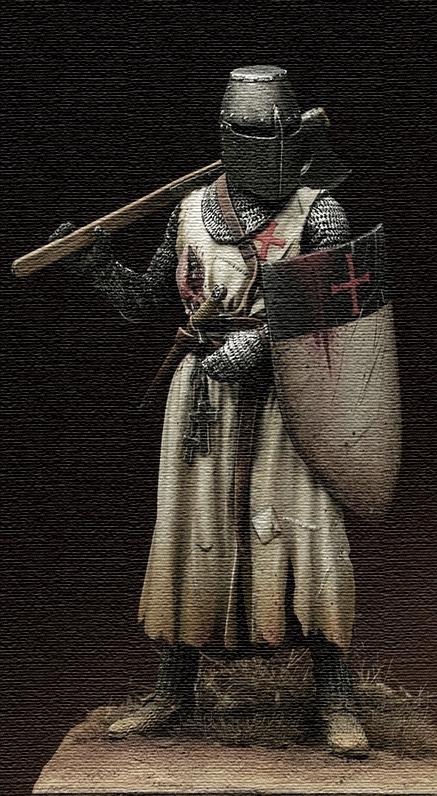A Stunning Original 11th,12th Century Crusader’s Battle Axe of War, Used From The Time Kings Henry Ist, King Stephen, Queen Matilda and King Henry IInd, During The Early Crusades to the Holy Land. Regarded as the The Weapon of Choice of Kings, and Knight
In the Norman through to the Plantagenet eras, War Axes were often the weapon of choice of Kings of England in battle. Used from the time of Henry Ist of England, King of England from 1100 to 1135. King Stephen and Queen Matilda, in the age of Anarchy, and through to King Henry IInd 5 March 1133 to 6 July 1189.
Henry 1st was the fourth son of William the Conqueror. Considered by contemporaries to be a harsh but effective ruler, Henry skilfully manipulated the barons in England and Normandy. In England, he drew on the existing Anglo-Saxon system of justice, local government and taxation, but also strengthened it with additional institutions, including the royal exchequer and itinerant justices. Normandy was also governed through a growing system of justices and an exchequer. Many of the officials that ran Henry's system were "new men" of obscure backgrounds rather than from families of high status, who rose through the ranks as administrators. Henry encouraged ecclesiastical reform, but became embroiled in a serious dispute in 1101 with Archbishop Anselm of Canterbury, which was resolved through a compromise solution in 1105. He supported the Cluniac order and played a major role in the selection of the senior clergy in England and Normandy. The early years of Stephen's reign were largely successful, despite a series of attacks on his possessions in England and Normandy by David I of Scotland, Welsh rebels, and the Empress Matilda's husband, Geoffrey of Anjou.
In 1138 the Empress's half-brother Robert of Gloucester rebelled against Stephen, threatening civil war. Together with his close advisor, Waleran de Beaumont, Stephen took firm steps to defend his rule, including arresting a powerful family of bishops. When the Empress and Robert invaded in 1139, however, Stephen was unable to crush the revolt rapidly, and it took hold in the south-west of England. Captured at the battle of Lincoln in 1141, Stephen was abandoned by many of his followers and lost control of Normandy. Stephen was freed only after his wife and William of Ypres, one of his military commanders, captured Robert at the Rout of Winchester, but the war dragged on for many years with neither side able to win an advantage. Henry Iind was an energetic and sometimes ruthless ruler, driven by a desire to restore the lands and privileges of his royal grandfather, Henry I. During the early years of the younger Henry's reign he restored the royal administration in England, re-established hegemony over Wales and gained full control over his lands in Anjou, Maine and Touraine. Henry's desire to reform the relationship with the Church led to conflict with his former friend Thomas Becket, the Archbishop of Canterbury. This controversy lasted for much of the 1160s and resulted in Becket's murder in 1170. Henry soon came into conflict with Louis VII and the two rulers fought what has been termed a "cold war" over several decades. Henry expanded his empire, often at Louis' expense, taking Brittany and pushing east into central France and south into Toulouse; despite numerous peace conferences and treaties no lasting agreement was reached. By 1172, he controlled England, large parts of Wales, the eastern half of Ireland and the western half of France, an area that would later come to be called the Angevin Empire.
Normans were very strongly represented in the First Crusade, in 1096–1099. At that time, the Normans were the best fighters, the shock troops, of Western Christendom, and looking for places to fight and rule. Different groups of Normans had recently taken over England, and were in the process of taking over Sicily (plus the southern half of Italy), defeating the last Muslim Emir of Sicily in 1091. Moreover, they were the newly reformed Papacy’s greatest allies and supporters, as ferocious in piety as in war.
Among the Norman leaders of the 1st Crusade were Robert Curthose (first son of William the Conqueror and later Duke of Normandy himself), Bohemond of Taranto, who masterminded the capture of Antioch and became its first crusader Prince, Tancred of Hauteville, who became Prince of Galilee in the new Kingdom of Jerusalem, and Richard of Salerno, who later acted as regent in the crusader County of Edessa.
By the time the Second Crusade took place, in 1147–1150, Norman greatness was already starting to wane. When the last Norman King of England died at that point the Duchy of Normandy lost its independence and ceased to be a major force in French affairs. The most famous of all English crusaders was, of course, Richard I, the “Lionheart,” but we should not forget that his father too had taken a strong interest in the fate of the crusader kingdoms. Two years before the fateful Battle of Hattin in 1187, Henry promised to support 200 knights annually in the Holy Land as part of his penance for the murder of Thomas of Becket. In consequence, 200 “English” knights fought at Hattin, although sources are unclear as to whether these knights were Englishmen, subjects of Henry Plantaget, or simply knights financed by Henry II.
Regardless of their exact nationality, two hundred knights out of a total of 1200 to 1500 is significant. Furthermore, Henry II personally took crusading vows after the fall of Jerusalem to Saladin. Although many question Henry II’s sincerity – and he certainly had good reasons for thinking he should not leave his vast domains unprotected or his unruly vassals without royal oversight for too long – there can be no doubt that he did introduce a “Saladin Tithe.”These revenues were collected directly by the Knights Templar and were certainly employed to help finance the Third Crusade. Thus, while Henry II did not personally take part in a crusade, he provided something arguably more important at this juncture in time – the means to outfit, transport and sustain many other fighting men.
Almost every iron weapon that has survived today from this ancient era is now in a fully russetted condition, as is this one, because only the weapons of kings, that have been preserved in national or royal collections, are today, still in a relatively fair state and condition. Surviving ancient medieval axes, such as we offer here, can be incredibly inexpensive and great value, compared to their combat cousins, the knightly sword. Firstly, because knightly swords cost far more in their day, and were thus rarer, and secondly, when a knightly sword is lost in combat and buried in the ground very few survive, due to the thin iron blade structure, whereas the axe has far more 'meat on the bone' so to speak, and will fare much better from the vagaries and corruption of time. Wooden hafts and sword handles on the other hand never survive
5.5 inch blade's edge
Code: 24515
1195.00 GBP







